68 F. high in the Twin Cities Tuesday.
72 F. average high on September 16.
67 F. high on September 16, 2013.
September 16, 1955: A late-season tornado hits Koochiching County. Most damage was confined to trees.
September 16, 1911:
Pipestone is hit with baseball-sized hail that smashes numerous windows
at the Calumet Hotel and high school. The local observer measured hail
three inches deep. People got their photos taken in automobiles
surrounded by the icy white ground.
Rainbows & Unicorns
"Give
me silver, blue and gold - The color of the sky I'm told - My rainbow
is overdue" sang Bad Company back in 1976. No rainbow without the rain,
no gain without the pain. Struggle and adversity plant the seeds for
eventual success.
None of my 4 Minnesota weather-tech companies
ever quite turned out the way I thought they would. You write a business
plan and then get blasted by forces you can't predict in advance. If
you have a great team and you're flexible, able to turn on a dime, you
have a prayer.
The other lesson I've learned: never take investment dollars from your Mother in Law.
Starting
a company is an exercise in confidence, hubris and madness - like
attempting to predict the weather. Tuesday was as close as I'll ever
come to taking the day off. A perfect September sky lingers into
Thursday as temperatures mellow into the 70s; T-storms rumble in on
Friday.
Latest models show a clearing trend Saturday; lake-worthy
highs near 80F before cooling off again early next week. The risk of
frost early next week has diminished.
Fresh air, fewer bugs, crisp humidity and unlimited visibility - September brings some of the finest weather of the year.
Exhibit A: today.
* photo credit above: David Grimes, Crater Lake National Park.
A Fine Spell of Weather.
After stops and starts we're finally enjoying classic September
weather, with low humidity, bright sun and good visibility. Today looks
like the best day of the week with a shot at 70F and bright sun; clouds
and winds increase tomorrow with a few T-storms on Friday. In spite of a
cool frontal passage highs may approach 80F Saturday before cooling
down again early next week.
Serious Flash Flood Potential for Tucson?
Model guidance shows the plume of tropical moisture leftover from
Hurricane Odile aimed at southeastern Arizona and southern New Mexico,
where some 4-8"+ rainfall amounts may spark extreme flooding over the
next 48 hours. Phoenix may be brushed by serious flooding as well, but
the thrust of the moisture appears to be south and east of PHX. 60-hour
rainfall forecast: NOAA and HAMweather.
Tracking Odile's Soggy Remains.
Odile struck the southern tip of Baja Mexico as a Category 3 hurricane,
creating significant damage in Cabo San Lucas. Moisture leftover from
the storm pushes into Arizona and New Mexico today and Thursday,
sparking widespread flooding. Meanwhile a Pacific storm pushes rain into
northern California, but little relief is likely in the short term
across central and southern California. 60-hour accumulated rainfall:
NOAA NAM and HAMweather.
Oh No, This Is Exactly How Last Winter Started.
Early season snows from Rapid City to Denver; does this mean another
winter tracking the dreaded Polar Vortex? Not necessarily, as
meteorologist Eric Holthaus explains in this excellent overview at
Slate;
here's an excerpt: "...So, sticking to the science, what can we
actually expect for the coming winter? Using the Climate Prediction
Center’s
freshly updated
long-range model suite, now’s as good a time as any to take a first
guess. These models take into account semi-stable patterns of ocean
temperatures to predict areas of relative drought and excess rain and
warmth and frigidity over the next few months, and their historical
accuracy is better than a random guess..."
Image credit above: NOAA CPC NMME. "
Breathe easy: This winter is looking warmer than average for most of North America."
NASA Ranks This August As Warmest On Record.
Climate Central has more details; here's an excerpt: "
While
this summer may have felt like fall across much of the eastern half of
the U.S., worldwide the overall picture was a warm one. This August was
the warmest August on record globally, according to newly released NASA temperature data, while the summer tied for the fourth warmest. Central
Europe, northern Africa, parts of South America, and the western
portions of North America (including Alaska) were just some of the spots on the globe that saw much higher than normal temperatures for the month. Large parts of the oceans were also running unusually warm..."
Image credit above: "
Temperature anomalies (in degrees Celsius) of various regions around the world in August 2014." Credit: NASA
How America Forecasts The Weather. Here's an excerpt of an interesting interview with National Weather Service Dr. Louis Uccellini at Piqued: "...
We
are actually showing more success with [predicting] extreme events now
than ever before and are now able to forecast the likelihood of an
extreme weather event 4 to 8 days in advance. However, [forecasting]
the magnitude of the event still remains a challenge. We have seen some
notable precipitation events in the past year such as the ones in
Florida and in Georgia where heavy rainfall was predicted, but not the
20 inches that actually occurred. The same thing happened in Colorado
last year, and it was a very tough forecast in that the atmosphere was
not in one of its more predictable states..."
New Way to Predict Hurricane Strength, Destruction.
Factoring in IKE seems like a big step forward. As Sandy demonstrated,
even a marginal Category 1 hurricane can be catastrophic. The current
system doesn't take into account size and ultimate strength. Here's an
excerpt from
ScienceDaily: "...
The
model predicts the amount of integrated kinetic energy within Atlantic
tropical cyclones. This kinetic energy metric is related to the overall
size and strength of a storm, not just the maximum wind speed.
Predictions of this metric complement existing forecasting tools,
potentially allowing forecasters to better assess the risk of hurricanes
that make landfall. "We don't perceive this to be an alternative to how
storms are explained to the public, but a complement," Misra said.
Hurricane forecasts have traditionally focused on wind speeds as
measured through the Saffir-Simpson Hurricane Wind Scale..."
Tornadoes Occurring Earlier in Tornado Alley. Another symptom of warming or a statistical fluke? Here's a snippet of some interesting new research highlighted at
phys.org: "
Peak
tornado activity in the central and southern Great Plains of the United
States is occurring up to two weeks earlier than it did half a century
ago, according to a new study whose findings could help states in
"Tornado Alley" better prepare for these violent storms. Tornado records
from Nebraska, Kansas, Oklahoma, and northern Texas - an area of high
tornado activity dubbed "Tornado Alley" - show that peak tornado
activity is starting and ending earlier than it did 60 years ago..."
Photo credit above: "
A
supercell storm, known to produce violent tornadoes, forms in Courtney,
Oklahoma in April 2014. A new study shows that peak tornado activity is
occurring nearly two weeks earlier in Oklahoma, Kansas and northern
Texas, according to a new study published in Geophysical Research
Letters." Credit: Kelly DeLay/Flickr.
Why Weather Matters When You're Depressed. Here's a clip from a story at
Everyday Health that got my attention: "
New research suggests that exposure to sunshine affects suicide rates, regardless of what time of year it is. Published in JAMA Psychiatry,
the study looked at the relationship between daily suicide rates –
69,462 over 40 years – and hours of daily sunshine independent of
season. The study linked higher rates of suicide with shorter durations
of sunny weather – 10 days of fewer – regardless of season, says Norman Sussman, MD,
professor of psychiatry and director of the Treatment Resistant
Depression Program at NYU Langone Medical Center, who was not involved
in the study..."
How a Simple Blood Test Can Now Help Diagnose Depression.
Fast Company has the story.
A
supercell storm, known to produce violent tornadoes, forms in Courtney,
Oklahoma in April 2014. A new study shows that peak tornado activity is
occurring nearly two weeks earlier in Oklahoma, Kansas, and northern
Texas, according to a new study published in
Geophysical Research Letters. Credit: Kelly DeLay/Flickr
Read more at:
http://phys.org/news/2014-09-tornadoes-earlier-tornado-alley.html#jCp
Peak
tornado activity in the central and southern Great Plains of the United
States is occurring up to two weeks earlier than it did half a century
ago, according to a new study whose findings could help states in
"Tornado Alley" better prepare for these violent storms.
Read more at:
http://phys.org/news/2014-09-tornadoes-earlier-tornado-alley.html#jCp
Peak
tornado activity in the central and southern Great Plains of the United
States is occurring up to two weeks earlier than it did half a century
ago, according to a new study whose findings could help states in
"Tornado Alley" better prepare for these violent storms.
Read more at:
http://phys.org/news/2014-09-tornadoes-earlier-tornado-alley.html#jCpWhy Weather Matters When You're Depressed. Here's a clip from a story at
Everyday Health that got my attention: "
New research suggests that exposure to sunshine affects suicide rates, regardless of what time of year it is. Published in JAMA Psychiatry,
the study looked at the relationship between daily suicide rates –
69,462 over 40 years – and hours of daily sunshine independent of
season. The study linked higher rates of suicide with shorter durations
of sunny weather – 10 days of fewer – regardless of season, says Norman Sussman, MD,
professor of psychiatry and director of the Treatment Resistant
Depression Program at NYU Langone Medical Center, who was not involved
in the study..."
How a Simple Blood Test Can Now Help Diagnose Depression.
Fast Company has the story.
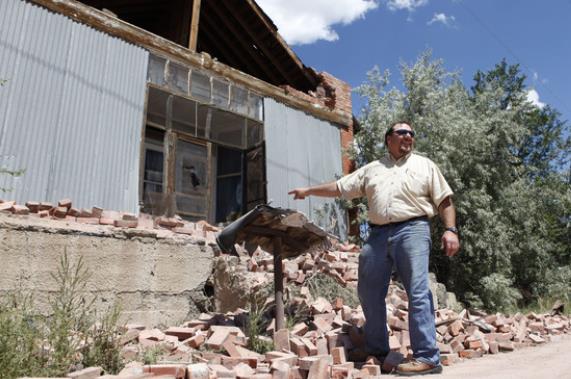
Study Links Increased Drilling With Earthquakes. Wait, injecting water and chemicals deep underground might have a downside? Imagine that. Here's a clip from a
Wall Street Journal story: "
A
magnitude 5.3 earthquake that hit Colorado in 2011 was likely caused by
the injection of wastewater into the ground, a process used in
natural-gas drilling, according to new research to be released Tuesday.
The new study, published in the Bulletin of the Seismological Society of
America, adds more detail to a growing body of work seeking to
establish and explain the connection between human activity and seismic
events, known as induced quakes..."
Photo credit above: "
The
aftermath of an earthquake in Segundo, Colo., in 2011. Scientists have
linked the magnitude-5.3 quake with nearby wastewater injection, a
process used in drilling."
Associated Press.
Electric Cars Are Getting Even Cleaner, New Analysis Finds. Here's an excerpt from The Union of Concerned Scientists: "Sixty
percent of Americans now live in regions where electric vehicles (EVs)
produce fewer heat-trapping global warming emissions per mile than the
most efficient hybrids, according to an updated analysis from
the Union of Concerned Scientists (UCS). In 2012, that number was just
45 percent. “Electric vehicles are doing more and more to fulfill their
technological promise,” said Don Anair, research director for UCS’s
Clean Vehicles Program. “If we want to reduce transportation pollution
and oil use, a big part of the answer is to be like Bob Dylan and go
electric...”
Uh, Here's an Interesting Bit of Useless Trivia.
Do you say um or uh? If you live in Minnesota or Wisconsin you may be
predisposed to mumble uh vs. um. I know, fascinating. Here's
more...uh...detail from Quartz: "...Every
language has filler words that speakers use in nervous moments or to
buy time while thinking. Two of the most common of these in English are
“uh” and “um.” They might seem interchangeable, but data show that their
usage break down across surprising geographic lines. Hmm. The map above
shows a preliminary attempt to use the tremendous amount of linguistic
data being produced on the web to understand how language works..."
Map credit: Quartz, Twitter, analysis by Dr. Jack Grieve.
Egypt's New Stamp Mixes Up Suez and Panama Canals. Someone's not getting a promotion.
France 24 has the head-scratching details: "
To celebrate the planned extension of the Suez Canal,
Egypt decided to commission a line of stamps showing off the
multi-billion dollar project. The only problem is that the designers
seem to have confused their canals. Some of the stamps show the Panama
Canal, located in Central America. Embarrassed authorities announced
Sunday that they were halting the stamps’ production. .."
Image credit above: "
On the left, Egypt's stamp of the "Suez Canal", on the right, a photograph of the Panama Canal."
TODAY: Atmospheric Perfection. Mild sun with light winds. Winds: NE 5. High: near 70
WEDNESDAY NIGHT: Clear and cool. Low: 48
THURSDAY: Partly sunny and breezy. High: 73
FRIDAY: Sticky and unsettled. Heavy T-storms in the area. Dew point: 60. Wake-up: 55. High: 76
SATURDAY: Partly sunny, still balmy. NW 10. Wake-up: 63. High: near 80
SUNDAY: Mostly sunny, low humidity. Dew point: 41. Wake-up: 55. High: 73
MONDAY: Blue sky - few complaints. Wake-up: 49. High: 69
TUESDAY: Still sunny and refreshing. Wake-up: 46. High: 66
Climate Stories...
2014: Warmest Summer, Worldwide, Since 1891. This, according to JMA,
The Japan Meteorological Agency, which adds: "
The
seasonal anomaly of the global average surface temperature in Summer
(June to August) 2014 (i.e. the average of the near-surface air
temperature over land and the SST) was +0.31°C above the 1981-2010
average (+0.65°C above the 20th century average), and was the warmest
since 1891. On a longer time scale, global average surface temperatures
have risen at a rate of about 0.66°C per century.."
Polar Vortex Excursions Linked to Global Warming.
This is precisely what I've been seeing on the maps, especially since
2010: a slower-moving, higher-amplitude pattern over North America with
weather becoming increasingly "stuck", stalled for extended periods of
time, magnifying both flood, drought, heat and cold. Here's an excerpt
from
Slate: "
Over the past year or so, I’ve written a few times
on how the “polar vortex”—actually, deep meanders or excursions in the
usually stable west-to-east direction of the polar cyclonic air
stream—may be tied to global warming, but there hadn’t been enough
research done yet to be sure. Well, here we go: A team of Korean and
American scientists has made the connection. Warmer waters lead to more
melting of Arctic ice, which destabilizes the polar jet stream. My Slate colleague Eric Holthaus has an excellent write-up of it, and I wanted to give him a signal boost here. Go read it..."
China, The Climate, and The Fate of the Planet. China is now the largest source of greenhouse gases, and
Rolling Stone
takes a look at how the zeal for economic growth, at any cost, may
impact CO2 levels and the ability to contain worldwide warming within a
level in which the world can still adapt. Here's an excerpt: "...
The
blunt truth is that what China decides to do in the next decade will
likely determine whether or not mankind can halt – or at least
ameliorate – global warming. The view among a number of prominent
climate scientists is that if China's emissions peak around 2025, we may
– just barely – have a shot at stabilizing the climate before all hell
breaks loose. But the Chinese have resisted international pressure to
curb their emissions. For years, they have used the argument that they
are poor, the West is rich, and that the high levels of carbon in the
atmosphere were caused by America's and Europe's 200-year-long
fossilfuel binge. Climate change is your problem, they argued – you
deal with it. But that logic doesn't hold anymore..."
Photo credit above: "
A red-alert smog day in China last year. Pollution has become a public-health hazard." Reuters/Landov.
Climate Expert: "Washington D.C. Faces Significant Risk of Record High Floods."
Maybe this will wake up the politicians who refuse to believe the
science and mounting evidence. Here's a video and story excerpt from
The Washington Post's Capital Weather Gang: "
A rise
in local tidal waters – fueled by global warming – virtually guarantees
record flooding in Washington, D.C. over the next century, concludes a
new analysis on sea level rise and flood risk. The analysis from Climate Central –
a non-profit science communication organization based in Princeton,
N.J. — finds that the cumulative risk of a record-setting flood grows by
the decade as sea levels rise. “I would say the headline is that
Washington, D.C. faces significant risk of record high floods within the
coming few decades,” says Ben Strauss, Climate Central’s vice president
for climate impacts..."
Fixing Climate Change May Add No Costs, Report Says. Overly optimistic? Or will the move toward zero-carbon invigorate global economies? Here's an excerpt of a
New York Times story from Justin Gillis: "...
A
global commission will announce its finding on Tuesday that an
ambitious series of measures to limit emissions would cost $4 trillion
or so over the next 15 years, an increase of roughly 5 percent over the
amount that would likely be spent anyway on new power plants, transit
systems and other infrastructure. When the secondary benefits of greener
policies — like lower fuel costs, fewer premature deaths from air
pollution and reduced medical bills — are taken into account, the
changes might wind up saving money, according to the findings of the
group, the Global Commission on the Economy and Climate..."

Jellyfish: It's What's For Dinner.
Mmmm. Please pass the "jellyballs" please. I pray that never comes out
of my mouth, but it turns out there is a large and growing appetite for
jellyfish, as
Modern Farmer explains. Here's a clip: "...
At
the Golden Island plant, the jellies are dried and shipped to China and
Japan, where they are cut into long, thin strips and served in salads
with cabbage and teriyaki sauce. If prepared right, the jellyfish are
crunchy, like a carrot. Jellyfish are popular in China, along with other
sea creatures like geoducks (those gigantic phallic clams from the
Pacific Northwest) for similar textural reasons. But these sorts of
foods are being embraced well beyond Asia. And as climate change and the
global industrial agriculture system continue on what many view as a
doomed course, we may have no choice but to eat foods that make sense
ecologically — or can at least thrive in a changed environment..."
Major Food Companies Warn Climate Change Threatens Business.
From first-hand meetings and observations I can tell you that
Minnesota's largest food companies are paying close attention to climate
change and increasingly erratic weather patterns, worldwide. There is
very little science denial within these corporations. They can see the
impact in their fields, and in the data. Here's an excerpt from
Think Progress: "...
While
politicians continue to bicker over whether or not climate change
exists, companies now have no choice in the matter — they must
acknowledge the science and the risk and disclose the reality of that
risk to their investors’ pocketbooks. Whether that risk actually
manifests itself is another matter, but the fact that companies are
increasingly putting climate change on their threat lists speaks volumes
to the severity of the problem. Here are seven other big food companies
that disclose to investors that climate change poses a threat to their
products and bottom lines..."
Photo credit: AP Photo/Gene J. Puskar.
No Rain for Decades: Stand By For The "Megadroughts", Scientists Warn.
The Independent has the story; here's an excerpt: "...
Experts
warn the droughts could be even more severe than the prolonged water
shortage currently afflicting California, where residents have resorted
to stealing from fire hydrants amid mass crop failures and regular
wildfires. Megadroughts – which are generally defined as lasting 35
years or more – will become considerably more frequent as global warming
increases temperatures and reduces rainfall in regions already
susceptible, warns Cornell University’s Dr Toby Ault, the author of the
new report..."
The Perfect Storm of Climate Denial. I happen to agree with most of the comments in this article at
The Globe and Mail.
Increasing climate and weather volatility just isn't front of mind,
it's not even close to being a priority, until the symptoms show up
close to home. Here's an excerpt: "...
The answer, as he discovers
through talking to neuroscientists, psychologists, climate deniers and
cultural theorists, is that in terms of existential threats, climate
change is a bit of a perfect storm. (That bad pun was required for
levity.) It’s a noise we hear far off in the dark, not an immediate
danger, and as a species we’re wired to respond to threats that leap at
us with teeth and claws. As Nobel-winning psychologist Daniel Kahneman
tells Mr. Marshall, “A distant, abstract and disputed threat just
doesn’t have the necessary characteristics for seriously mobilizing
public opinion.” Prof. Kahneman apologizes as he eats a bowl of tomato
soup: “I really see no path to success on climate change...”
Jindal: Climate Change a "Trojan Horse" For The Left.
I run into this mindset often, the notion that addressing greenhouse
gases will automatically mean more government, more regulation, more red
tape, less freedom! Here's a clip from a story at
The Hill: "
Republican
Gov. Bobby Jindal on Tuesday bashed liberals who he says are using
climate change to further their own agenda. “For some on the left,
climate change is simply a Trojan horse. It’s a way for them to come in
and make changes to our economy that they would otherwise want to make,”
he said during a speech hosted by the Heritage Foundation. "It’s an
excuse for the government to come in and try to tell us what kind of
homes we live in, what kind of cars we drive, what kind of lifestyles we
can enjoy. It’s an excuse for some who never liked free-market
economies and never liked rapid economic growth..."
Climate Change is a People's Shock.
Author and activist Naomi Klein argues that mitigating climate change
may require a new way of looking at business, consumption and how we
elect our political representatives. Sustainable capitalism, what a
concept. Any real, positive change will come from the bottom up, a
grass-roots effort. Here's an excerpt from
The Nation: "...
The
research I’ve done over the past five years has convinced me that
climate change represents a historic opening for progressive
transformation. As part of the project of getting our emissions down to
the levels so many climate scientists recommend, we have the chance to
advance policies that dramatically improve lives, close the gap between
rich and poor, create huge numbers of good jobs, and reinvigorate
democracy from the ground up. Rather than the ultimate expression of the
shock doctrine I wrote about in my last book—a frenzy of new resource
grabs and repression by the 1 percent—climate change can be a “People’s
Shock,” a blow from below..."
Photo credit above: "
A garbage dumpsite in Paranaque city, Manila." (Reuters/Romeo Ranoco).
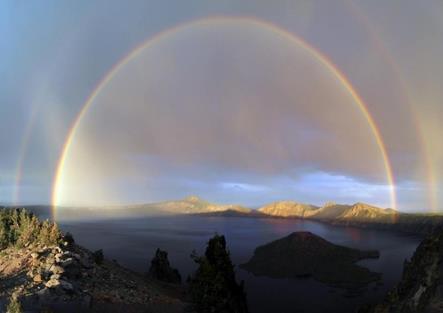
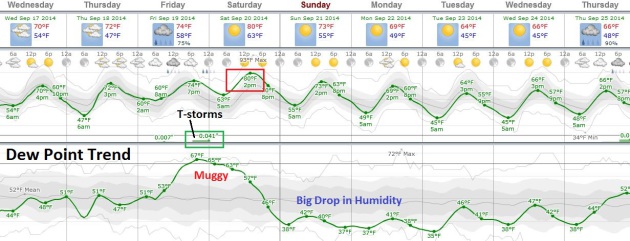
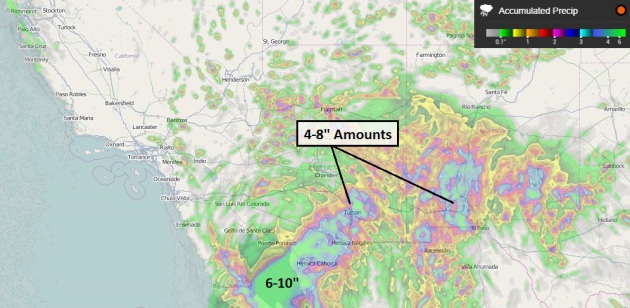

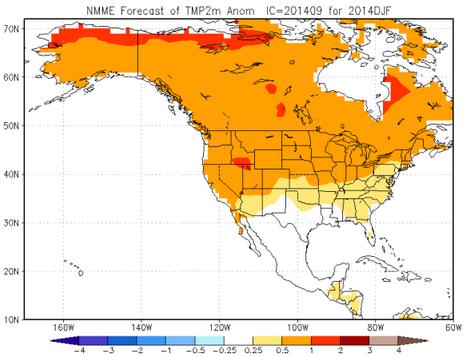

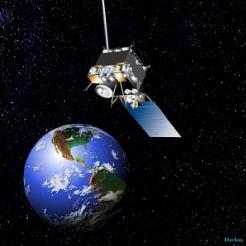

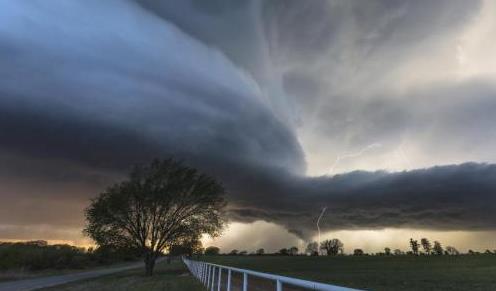
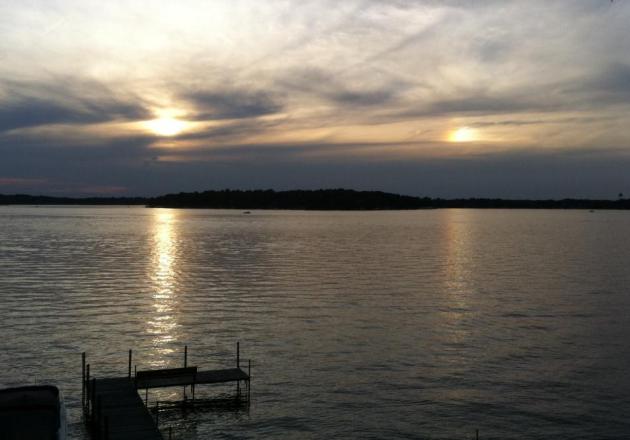





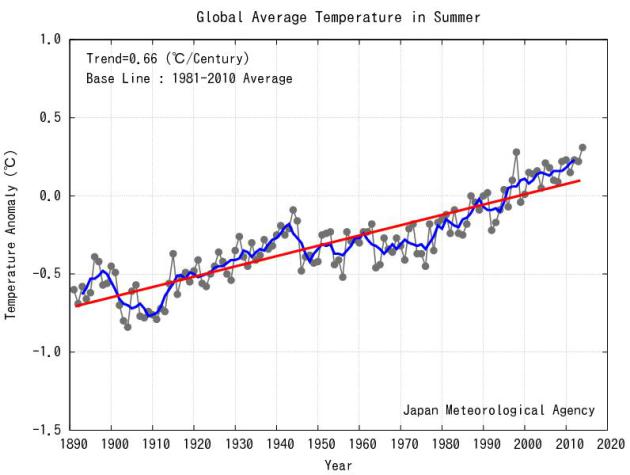
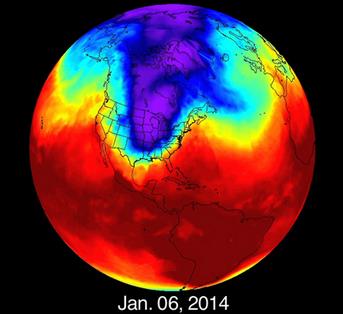
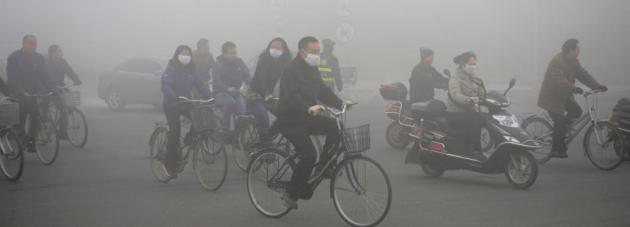
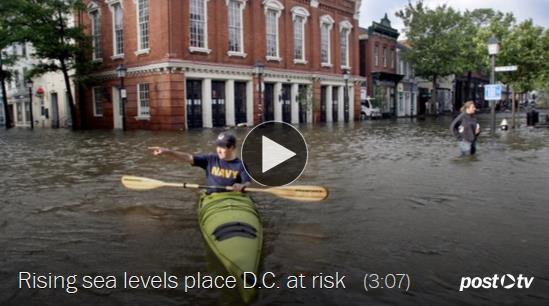
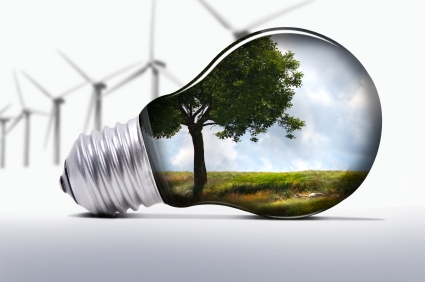






No comments:
Post a Comment